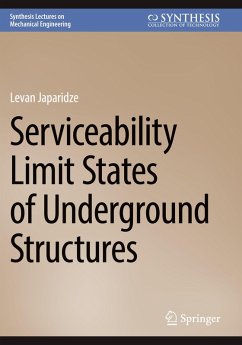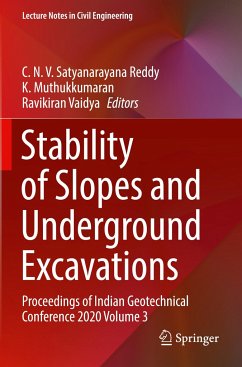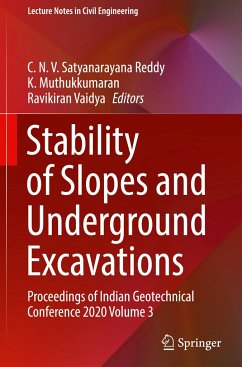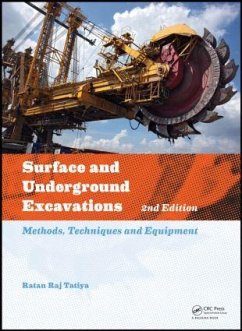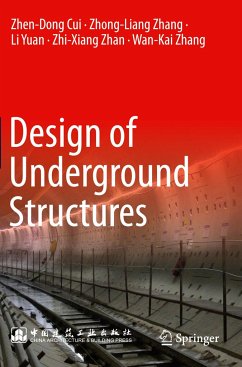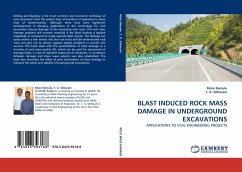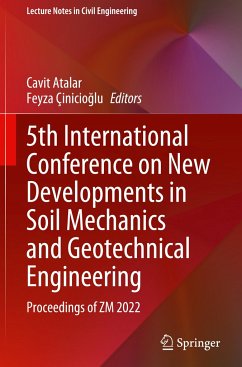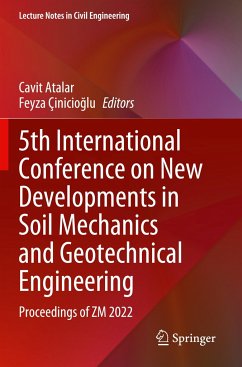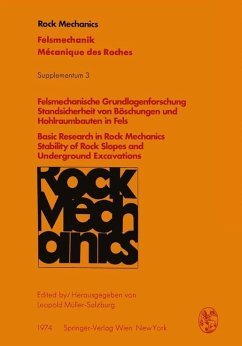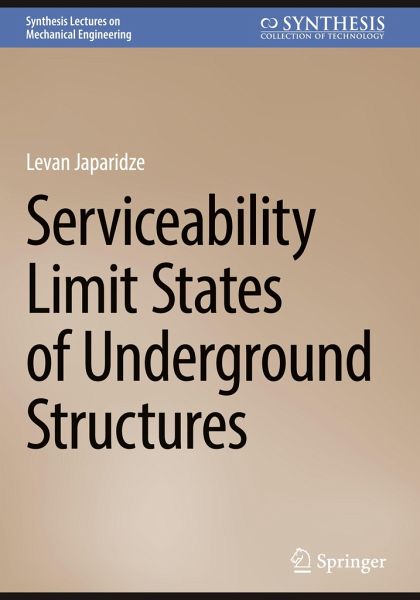
Serviceability Limit States of Underground Structures

PAYBACK Punkte
19 °P sammeln!
The main topic of this book is the calculation of underground structures at the limit states of serviceability. It considers the main schemes typical for underground structures for various purposes, gives the corresponding mathematical models describing the main geo-mechanical and technological factors in the construction and operation of extended excavations. Generalized criteria are proposed for making a technically and economically justified solution of the problem of determining the optimal forms and sizes of workings, bearing capacity, type of support and its erection, depending on the st...
The main topic of this book is the calculation of underground structures at the limit states of serviceability. It considers the main schemes typical for underground structures for various purposes, gives the corresponding mathematical models describing the main geo-mechanical and technological factors in the construction and operation of extended excavations. Generalized criteria are proposed for making a technically and economically justified solution of the problem of determining the optimal forms and sizes of workings, bearing capacity, type of support and its erection, depending on the structural features of the rock mass, the primary stress fields of gravitational, tectonic, seismic acting in it. and technological origins, operational requirements for extended excavations. The corresponding algorithms, block diagrams and specific numerical examples of calculations are given. In most of the existing calculation methods the structure is considered in the elastic stage, the strength limit of the bearing capacity is considered as the moment when the maximum internal stresses reach the corresponding design resistances of the material. If it is legitimate to use this criterion in certain cases of calculation of statically determinable structures operating in the given loading mode, then in cases where the support operates in the mode of mutually influencing deformation together with the rock mass, it leads to a significant waste of material.



